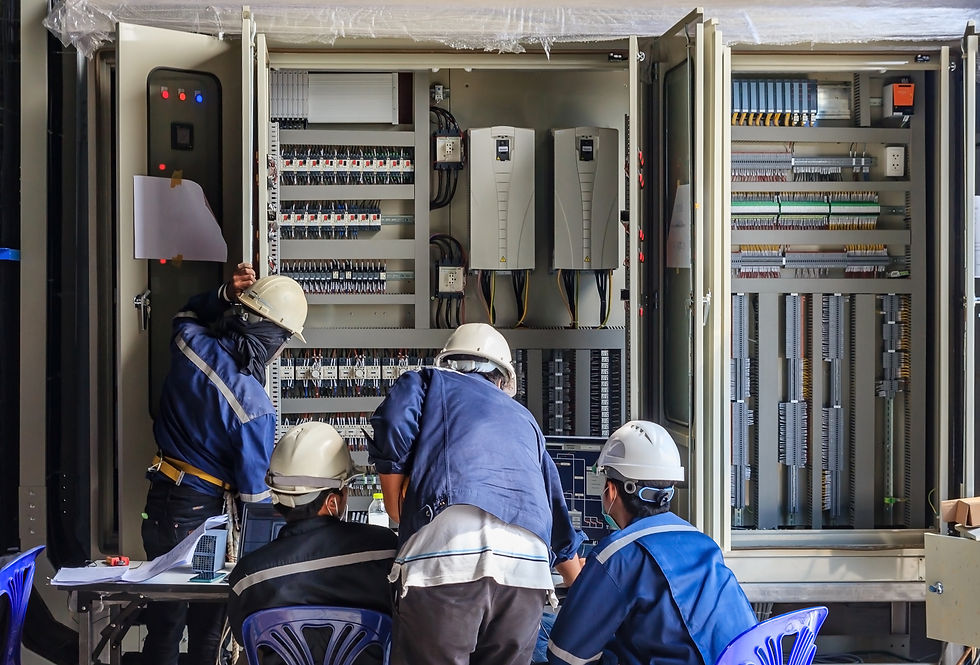
CASE STUDY: DTE Energy
DTE Energy (formerly Detroit Edison until 1996) is a Detroit-based diversified energy company involved in the development and management of energy-related businesses and services in the United States and Canada. Its operating units include an electric utility serving 2.2 million customers and a natural gas utility serving 1.3 million customers in Michigan.
Service
Lead UX/Interaction Designer
Client
DTE Energy
Experience
User Research, User Experience, IA, Design Thinking, Visual Design, Interaction Design

THE IDEA
Create an "order tracker", particularly for the low income validation process and the restore process, after a customer's service had been shut off.
MY ROLE
As Senior Interaction and Product Designer I was tasked with the end to end experience of the order tracker. Our team consisted of a Customer Experience Designer who was paramount in content, a development team, a delivery director and business analysts. I led a team of two junior UX designers to help mentor and further their skills.
User Research, User Experience, Visual Design, Interaction Design
THE TOOLS
Figma, Mural, Miro
THE APPROACH
From the start of the project we decided to opt for a structured approach to product design, thus adopting a sprint framework. This helped us breakdown each step of the process into digestible and workable bits, giving us a clear vision of the project goals up front. This improved our efficiency, made us capable of solving complex problems very fast, and allowed us to deliver a usable prototype in a very short amount of time. I started on the discovery track by meeting with business and understanding customer flows of interaction by viewing the entire flow of process from beginning to end.

PROJECT OVERVIEW
The visibility for DTE customers to know their account details after a shut off has been a prevailing concern. Long call wait times and a lack of customer service reps has created an overflow of frustrated customers who have lost their power and can only restore through phone contact. DTE decided to optimize their current work processes with the adding of visual representations of their processes.
THE PROBLEM
Customers would have to wait on long calls, miss return calls, and have their electricity out for longer than necessary. There was a need to bring these processes online and take the burden off the call center and give customers visibility.
RESEARCH
To stay out of designing in a silo I collaborated with the delivery director, development team, and CX designer in conjunction with business analysts to understand the problem and propose solutions in an agile framework. I started to define user flows with the idealistic "happy path" worked out first and then moving into the more complicated use cases.

USE CASES
To help keep the many use cases in front of us, I laid out examples with persona names to help the dev team understand each users' story and to utilize and humanize our customers.

INTERACTIONS
Continuing to lay out each interaction from start to finish. Building each persona/use case scenario to build empathy for users that are having difficulty finding payment options to restore service.

SKETCH
After the discovery phase we started to narrow use cases to best possible interaction scenarios. I design by showcasing multiple options and showing business the pro's and con's of each solution, to help enable the team to make informed decisions, ending my presentation with my recommendation(s). Building trust in UX is based on leading with professional and expert knowledge, letting client's know you are consulting with ease.

BUILDING SCREENS
Starting with a mobile first approach to this web based site, I did a competitive analysis to look at the interactions, from beginning to completion, to maximize familiar design patterns for the order tracker.

EXPLORING DESIGN TREATMENTS
We furthered the designs with prototypes, in which users were able to try out and give feedback by participating in A/B testing.

ITERATING & VALIDATING ASSUMPTIONS
After we prototyped the feature and had users test it out through loops of feedback, we learned that final design treatment was a success with positive feedback from users.
IMPACT
We successfully launched the Feature in September 2021. We continued to collaborate with the cross functional team to bring the design into production with an agile approach. Validating our design solutions through user testing showed a 14% decrease in call volumes. This decrease in call volume continues to go down, as users are more often using this area of the website to gain visibility into where they are in the restore process.